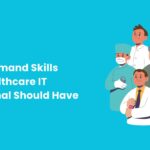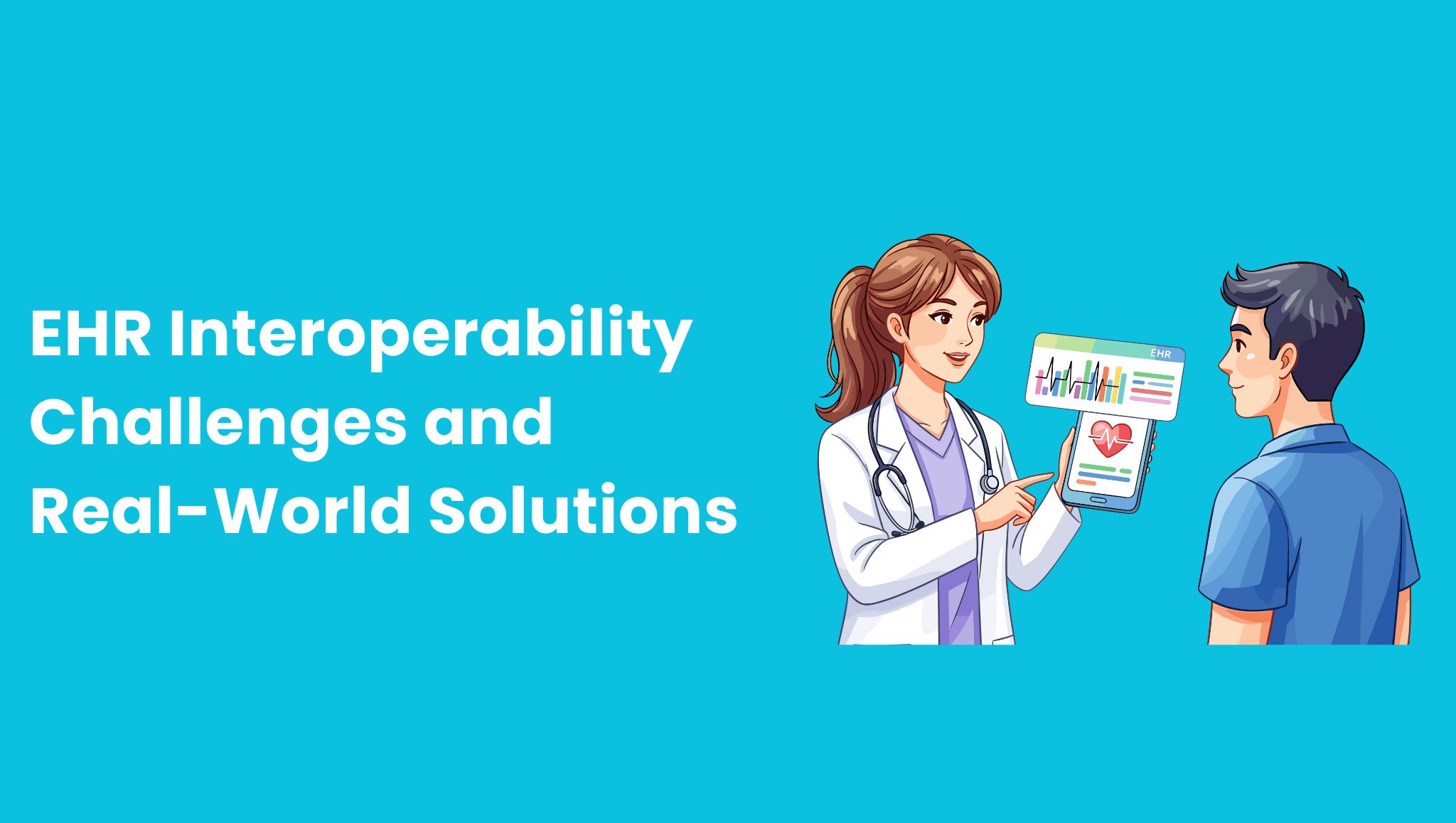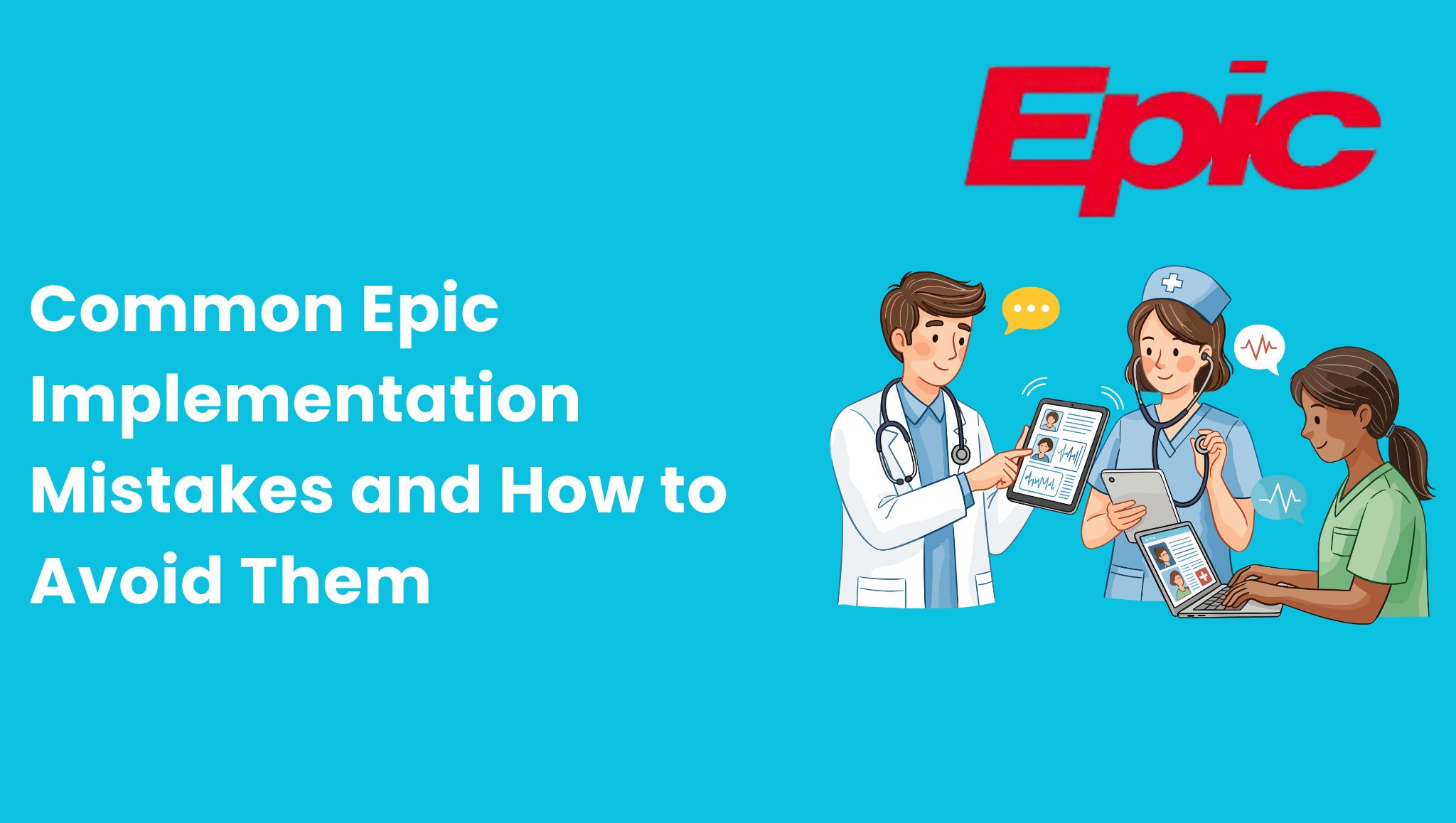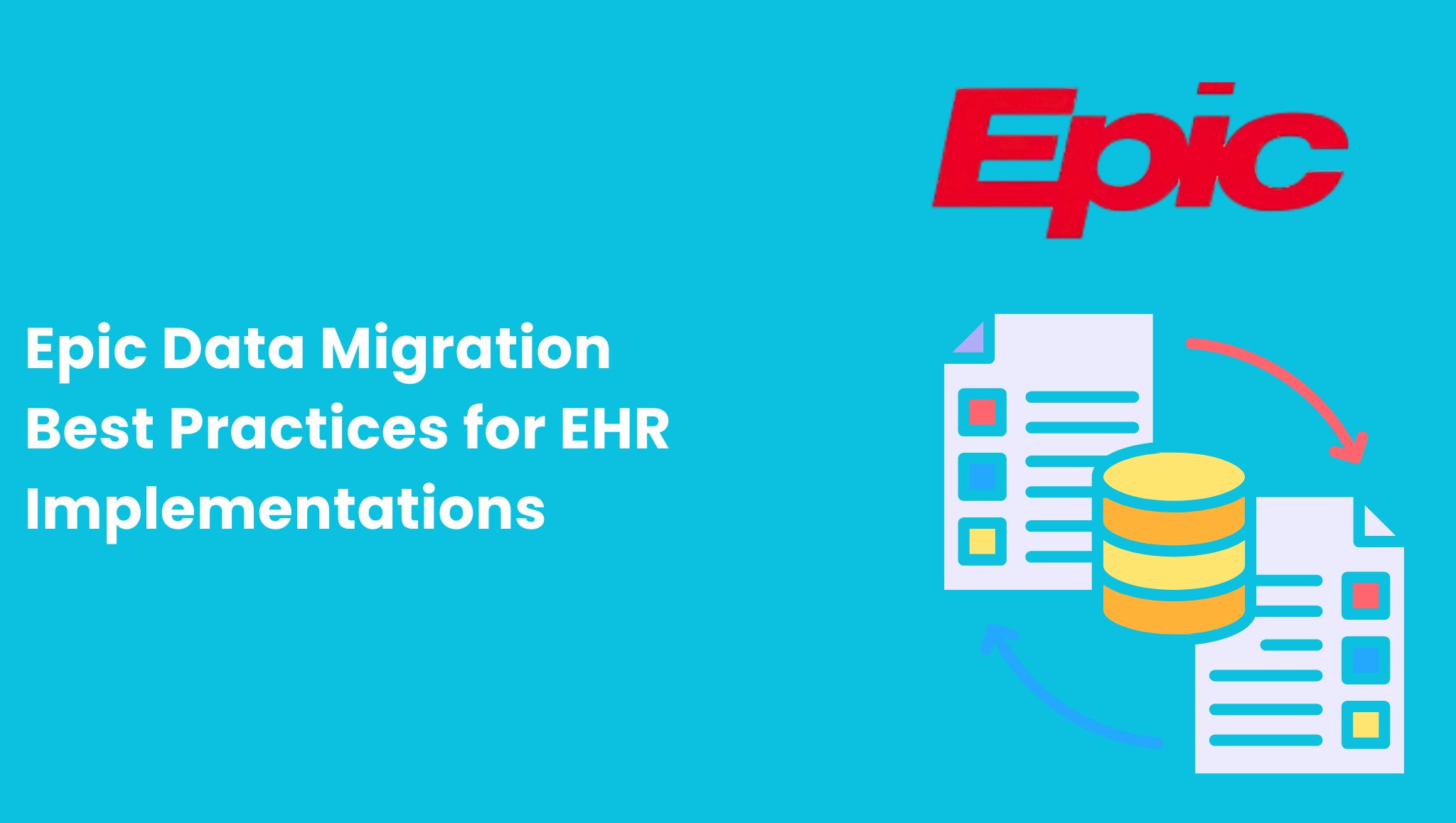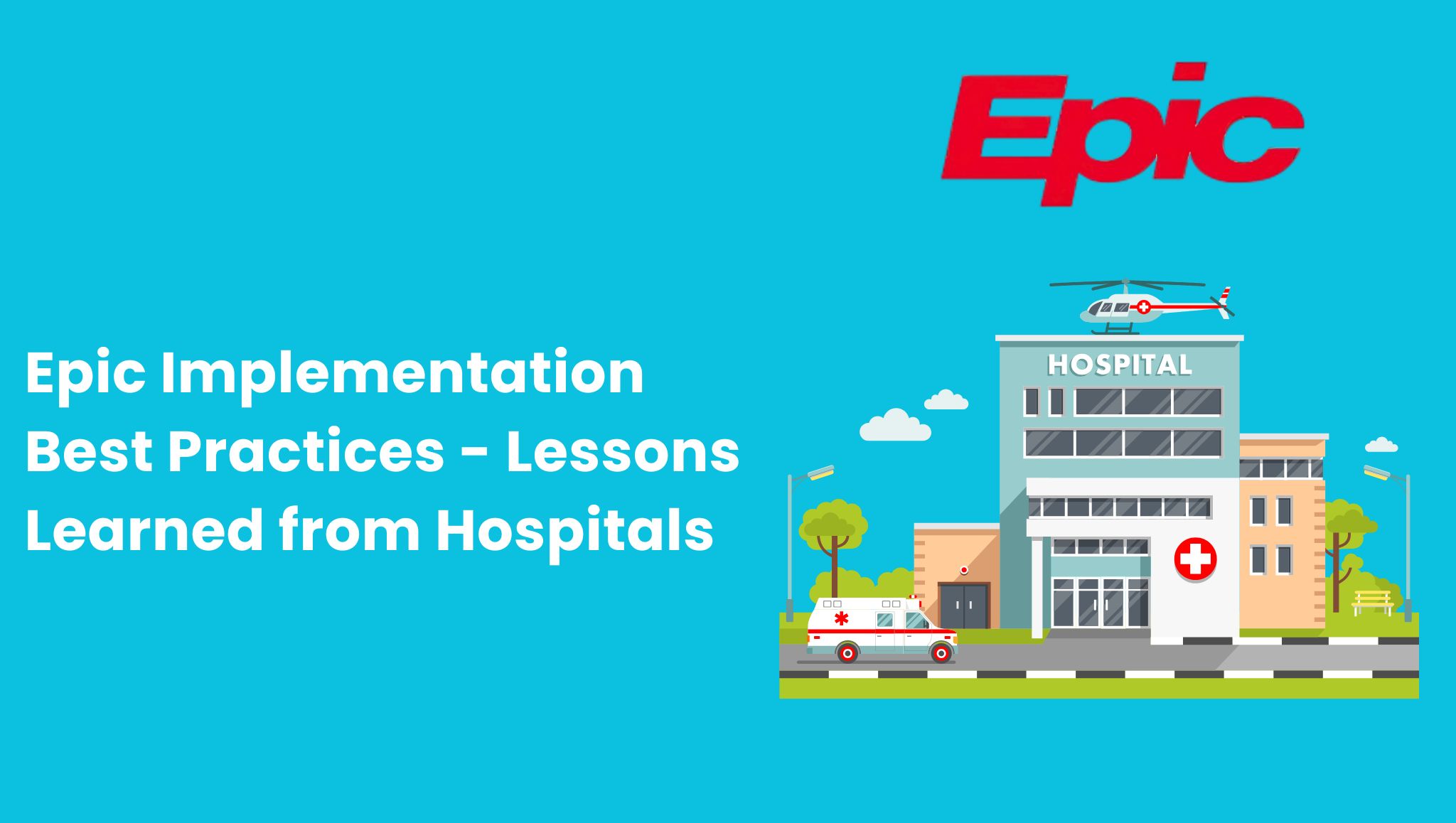
The U.S. healthcare information technology (Health IT) industry is expanding at a remarkable pace as hospitals and healthcare systems continue their digital transformation journeys. With the widespread use of electronic health records (EHRs), growing interoperability through FHIR standards, and the rise of telehealth and data analytics, the demand for skilled healthcare IT professionals has reached an all-time high.
For companies like ClinDCast LLC, which specialize in healthcare IT staffing and consulting, this momentum represents a lasting opportunity to grow alongside the industry’s evolution, in this article we will delve into The Growing Demand for Healthcare IT Professionals in the U.S.A..
1. Market Size & Growth Trends
a) The U.S. healthcare IT market was worth around $322.6 billion in 2024 and is expected to soar to $792.1 billion by 2034, reflecting an annual growth rate of roughly 9.4%.
b) The healthcare IT services segment alone could climb from $15.06 billion in 2024 to $52.59 billion by 2033.
c) With nearly 20 million healthcare professionals in the U.S., a growing share now work in digital health and health IT roles.
d) Employment for health information technologists and medical registrars is forecasted to grow 15% between 2024–2034, well above the national average.
Bottom line: Healthcare IT jobs aren’t just a short-term trend—they’re part of a structural shift toward a more connected, data-driven healthcare system.
2. What’s Driving the Demand?
a) Digitalisation & Interoperability
The rapid adoption of EHRs and the move to cloud-based solutions are transforming how hospitals manage and share data. This creates strong demand for EHR specialists, integration engineers, and cloud architects with deep knowledge of HL7 and FHIR standards.
b) Data, Analytics & Personalised Medicine
Hospitals and healthcare systems rely on data to guide decisions, improve care, and manage costs. Experts in analytics, AI, and predictive modeling are in high demand to translate healthcare data into actionable insights.
c) Regulation, Security & Compliance
With rising cyber threats and strict HIPAA/HITECH requirements, cybersecurity analysts and compliance professionals are essential to protect patient data and ensure regulatory integrity.
d) Changing Demographics & Care Delivery
An aging population and the shift toward telehealth are pushing healthcare providers to adopt scalable, secure digital systems. Health IT professionals are key to designing and maintaining these platforms.
e) Post-COVID Acceleration
The pandemic fast-tracked digital adoption and exposed system gaps. Now, organizations are investing in more resilient, interoperable, and patient-centered digital infrastructures.
Key takeaway: These technological, demographic, and regulatory factors are collectively fueling the long-term demand for healthcare IT talent across the country.
3. Most In-Demand Roles & Skills
a) Software Engineers (EHR Systems): Specialists in Epic, Cerner, and other EHR platforms, with strong programming and integration skills.
b) Data Analysts / Data Scientists: Experts in transforming complex health data into insights using tools like Python, R, and BI dashboards.
c) Clinical Informatics Specialists: Professionals who connect clinical workflows with IT systems to enhance patient care efficiency.
d) Cybersecurity & Compliance Experts: Protecting patient data and ensuring HIPAA compliance across digital systems.
e) Project Managers (Healthcare IT): Overseeing EHR rollouts, telehealth integrations, and digital transformation initiatives.
Salary Snapshot:
a) Healthcare software engineers earn about $104,000/year on average.
b) Health information technologists earn roughly $67,310/year, with significant room for advancement.
Tip for recruiters: Focus on candidates who blend technical expertise with healthcare knowledge, backed by certifications such as CPHIMS, RHIA, FHIR/HL7, or CISSP.
4. Challenges on the Supply Side
a) A shortage of professionals with both IT and healthcare expertise.
b) Employers increasingly prefer certified candidates who understand interoperability and compliance.
c) High demand in key states like California, Texas, Florida, Massachusetts, and New York.
d) Upskilling and remote hiring are helping close the talent gap.
Implication: Firms like ClinDCast can add value by offering training, recruitment, and consulting services that align with these market needs.
5. Strategy for ClinDCast LLC
a) Positioning: Highlight deep expertise in healthcare IT consulting and digital health recruitment.
b) Focus Areas: Prioritize hiring for interoperability, cybersecurity, and healthcare data analytics roles.
c) Geographic Reach: Leverage remote work to access talent nationwide.
d) Partnerships: Collaborate with universities and certification programs to build a pipeline of skilled professionals.
e) Client Services: Offer end-to-end advisory solutions in workforce planning and digital transformation.
f) Branding: Establish ClinDCast as the trusted partner for healthcare organizations building digital capabilities.
6. Outlook & Key Takeaways
a) The U.S. healthcare IT job market will continue expanding steadily.
b) Digital transformation, cloud adoption, and telehealth innovation are driving sustained demand.
c) Firms that understand both healthcare and IT are best positioned to thrive.
d) ClinDCast LLC is strategically placed to bridge the talent gap and support the industry’s digital evolution.
Conclusion
The surge in healthcare IT demand is reshaping the U.S. healthcare landscape. As hospitals invest in EHRs, analytics, telehealth, and cloud systems, companies like ClinDCast LLC can play a vital role in connecting skilled professionals with leading healthcare organizations.
Ultimately, the future of healthcare depends on how well people, technology, and processes work together—and healthcare IT professionals are at the center of that transformation.
Frequently Asked Questions (FAQ) on the U.S. Healthcare IT Job Market
a) What’s driving healthcare IT job growth in the U.S.?
The primary factors include EHR adoption, telehealth expansion, healthcare analytics, and HIPAA compliance requirements—all contributing to a strong need for IT professionals in healthcare.
b) Which healthcare IT roles are in highest demand?
EHR specialists, FHIR/HL7 interoperability engineers, clinical informatics experts, data analysts, and cybersecurity professionals.
c) How can healthcare organizations attract top IT talent?
By offering remote opportunities, supporting certifications (CPHIMS, RHIA, FHIR), and partnering with firms like ClinDCast LLC that specialize in healthcare IT recruitment.















